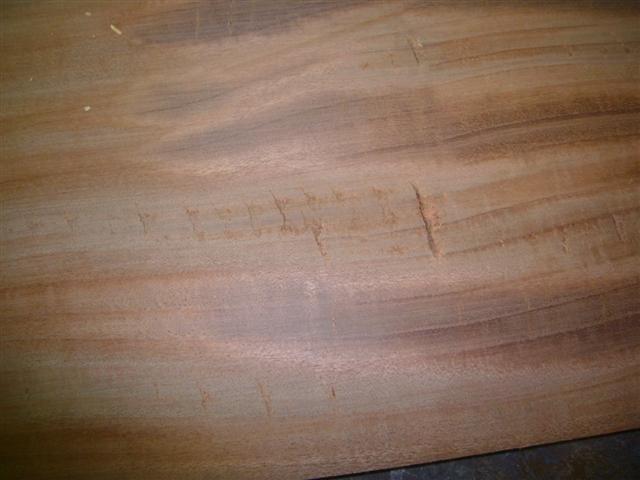White Pine Versus Yellow Poplar for Interior Paneling
A bandsaw mill owner gets advice on which wood species to use for interior wall and ceiling paneling. October 19, 2014
Question
I'm currently in the process of designing a 900 square foot timber frame workshop/studio that I'll be constructing solo with my own milled lumber. I have an unlimited supply of eastern white pine and yellow poplar. The frame will be white pine, however I'm going back and forth on the interior planking to be used for the walls and cathedral ceiling with dormers (white pine or poplar). I'm a bit concerned about using all pine since I don't want the barn look, and I'm also not able to set the sap in the wood. I'm thinking that the variety of color found in poplar could look great against the white of the frame (the frame will be planed and corners shaped). However I'm also not too happy with the green color that poplar sometimes has. I've heard that oxalic acid will change the green to yellow - is this true and are there any safety concerns? I'd appreciate your thoughts on which species of planking would look/work best.
Forum Responses
(Sawing and Drying Forum)
From contributor S:
I would go with pine if I were you. It will look a lot nicer. Poplar doesn't have as much character. Over time the green in poplar will turn brown, as will most of the other colors found in freshly cut poplar - even the various shades of purple turn brown over time. Once pine is planed it definitely doesn't have the barn look.
From contributor R:
I vote poplar. More clear boards, nice material. If you don't like the green, mill it up and let it sit in the sun for a few days. The green will fade quickly.
From contributor Z:
Since this building is going to be a workshop/studio and assuming you are not going to be painting the lumber, I'd go with the pine. It should reflect light better than the YP.
From Gene Wengert, forum technical advisor:
I think that pine would be preferred. I would think that you could get a temporary structure, like a trailer, and use heat (safely) to heat the lumber and set the pitch. Otherwise, you may have some sap dripping, especially near a heat source or even in the winter when the heat rises to the ceiling. Such sap could cause some issues when it drips on something or someone. How are you going to join the pieces together? If tongue and groove allow for shrinkage when the air is dry and swelling in the summer when the humidity is higher.
From the original questioner:
Thanks for your responses so far. It looks like the votes are going towards pine (additional votes/ideas would still be appreciated). On the question of pitch and shrinkage, there will be no central heat. Instead I'll be using a wood stove for those times I use the building during the winter (there won't be any water in the building). The trees were also blown down by Sandy last November when the sap wasn't running, so I'm hoping that will also help with the pitch. I'm also thinking of nailing down the tongue and groove planks during cooler dryer weather, such as during the fall. The planks should be in the middle range of movement at that time. The planks will also be air dried for a year before use (1x6 and 2x6). Do my ideas make sense Gene?
From the original questioner:
Just had one of those senior moments - I just remembered that I have a solar kiln (currently used to store dry oak), that I can use to finish drying the poplar or pine. While I still won't be able to fix the pitch, it would dry the wood further? Do you think that this would help?
From contributor S:
Gene, how would you go about heating a trailer to 150 degrees for setting pitch - what type of heater would you use? Just trying to accomplish something similar to what we're talking about here.
From Gene Wengert, forum technical advisor:
First, the heater must be safe because we do not want to start a fire. So, it would seem an electric salamander type might work. Of course, the trailer is enclosed fully (not open!). If it was a permanent unit, you might drill a few holes and use duct work to connect the furnace and the chamber. The pitch is the same, summer and winter and dead vs. live trees. However, a solar kiln will evaporate some of the pitch during a hot day. The reason we go to 160 F is that some of the pitch or sap will not evaporate until the temperature, but it will flow at 80 or 90 F. So, a solar kiln at 130 will evaporate some but not all of the sap that is liquid at room temperature.
